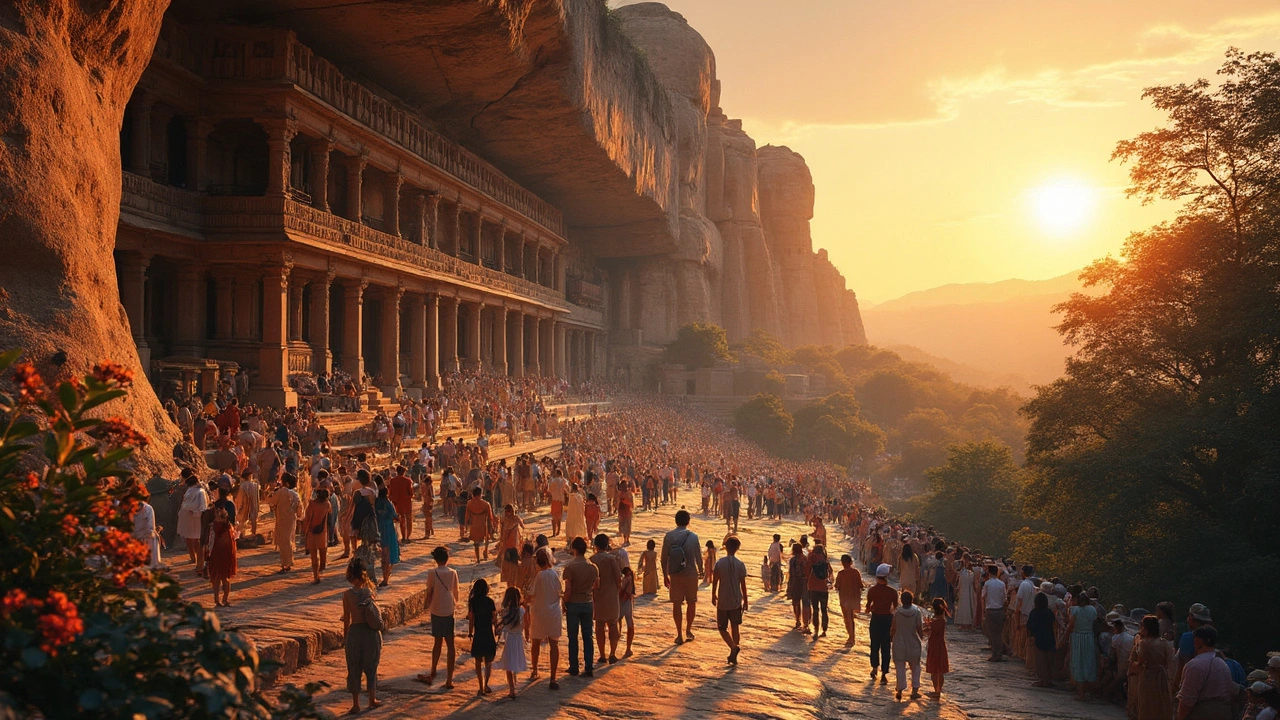SEARCH
UNESCO World Heritage Sites in India – Your Ultimate Guide
India packs more UNESCO World Heritage sites than most countries, from ancient temples to colonial towns. If you love history, culture, or just great photos, these spots should be on your bucket list. Below you’ll find quick facts, best visiting windows, and simple tips that let you see the highlights without a headache.
Why UNESCO sites are a must‑visit
Each UNESCO designation means the place has world‑level value – often a mix of architecture, art, or natural beauty that can’t be found elsewhere. When you step inside a World Heritage site you feel the layers of time: the marble of the Taj Mahal, the stone carvings of Hampi, the cave paintings at Ajanta. That sense of connection makes the travel experience richer than a typical sightseeing stop.
UNESCO sites also tend to be well‑preserved, with visitor facilities, guides, and signposts. That means you can focus on enjoying rather than figuring out how to get around.
Top Indian UNESCO Cities and How to Explore Them
Agra (Taj Mahal, Agra Fort) – Visit early morning to catch the sunrise on the marble and avoid crowds. Hire a local guide for the fort; the stories about Akbar and Shah Jahan add color to the stone walls.
Jaipur (Amber Fort, City Palace, Jantar Mantar) – The Pink City offers a compact heritage walk. Rent a scooter or use rickshaws to zip between forts. Don’t miss the evening light show at Amber for a different vibe.
Hampi – Spread out over a valley, the ruins are best explored on a bicycle. Pack a hat, water, and a good map; the landscape can feel like a maze but the giant stone chariots are worth the effort.
Khajuraho – Famous for its intricate temples, the site is cooler in winter. Take a heritage train from Delhi to get a scenic ride and a chance to chat with fellow travelers.
Ajanta & Ellora Caves – These rock‑cut marvels need a full day. Start with Ajanta’s early‑morning light for the best photos, then head to Ellola in the afternoon.
Other must‑see spots include the Sun Temple at Konark, the historic city of Mysore, the hill forts of Rajasthan, and the Western Ghats representing natural heritage.
Practical tips: book train tickets or flights a month ahead, especially for popular sites like Taj Mahal. Use the Indian Railways app for real‑time updates, and consider a rail pass if you plan to hop between several UNESCO towns. Local cuisine varies dramatically – try a thali in Agra, Rajasthani dal baati in Jaipur, and fish thali in Hampi’s vicinity.
When you’re ready to dive deeper, our site has posts on travel budgets, safe states, airport guides, and food safety that pair nicely with a heritage tour. For example, check out the “UNESCO Heritage Cities in India” article for a city‑by‑city breakdown, or read “Which South Indian State Has the Best Food?” to plan your meals after a day of exploring.
Bottom line: UNESCO World Heritage sites give you a fast‑track look at India’s glory. With the right timing, a bit of local knowledge, and a solid budget plan, you can turn a regular vacation into a memorable adventure that spans centuries. Start planning today, pick a couple of sites, and let the stories of India unfold before your eyes.

India's UNESCO World Heritage Sites in 2024: A Treasure Trove of History and Culture
India is home to a diverse array of UNESCO World Heritage Sites, offering a glimpse into its rich history and culture. With a total number continuously growing, these sites range from ancient architecture to stunning natural wonders. Discover the significance of each site and some insider tips for visiting them. This article provides essential insights into India's UNESCO World Heritage landscape as of 2024.
Continue reading